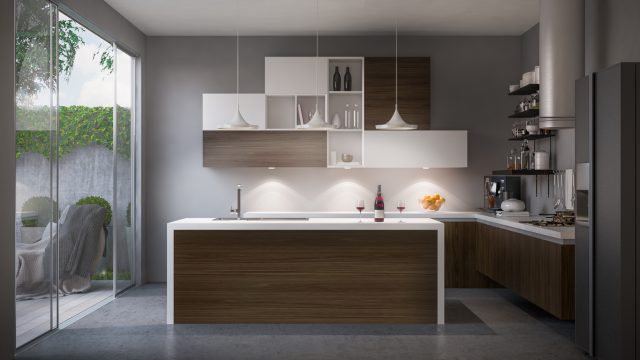
As an interior design aspect, sockets and switches are often overlooked. Function, style, form and feel should all play a big part in your decision when choosing sockets and switches. They need to not only work well and look good in their surroundings, but you also need to take into account the usage and functionality.
Socket and Switch Functionality
Accessibility and use need to be considered when planning switch and socket placement. In our modern world, there is a demand for technology driven battery charging, so ample sockets need to be placed in suitable and convenient locations. Think about where you are likely to relax, or where you are able to place phones, tablets and laptops. It’s no good having a socket with a USB charger if it’s in a location where you can’t put your electronic devices.
As a rule of thumb, aim to place a charging point every twelve feet, so if the wall of a room is over two meters in length, then add in an additional charging point. You’ll also need to think about balance though, so aim to place sockets at equal distance from visual reference points such as corners.
Plug sockets with USB charging points can be useful as they cut down the number of plug sockets needed, however the transformers that are built into these can often have short life expectancy, so if you are going for these types of sockets, be sure not to go for a cheaper option or you may need to replace the whole thing in a year or two.
Light Switch Functionality
There are plenty of different types of light switch to choose from, but the most common types in British homes are rocker switches, toggle switches and dimmer switches. When planning your project, think about the sort of lighting that is needed in each room. If a variation in brightness is needed, depending on the time of day and the task being carried out, then dimmer switches could be a smart choice. If you are using LED light bulbs, however, make sure the bulbs are dimmable and the dimmer is compatible with LEDs. A trailing dimmer switch is the best option as it is compatible with most types of bulbs and works particularly well with energy saving LEDs.
If your room has multiple access points, consider putting light switches at both points to avoid walking through a dark room to leave. It is worth navigating the space and imagining turning the lights on and off in each room so you can plan the best positions for switches.
Matching Finish and Décor
The finish of your sockets and switches can either complement or ruin the overall style of you room. Make sure you select an appropriate finish for not only the style of the room (modern, traditional, period etc.) but also the other fittings, for example the taps.
If you have polished chrome taps and towel rails in your bathroom, then polished chrome electrical fittings including shaver sockets would complement these.
For modern kitchens with black appliances, black nickel sockets and switches can create a really stylish look.
Both antique brass and the lighter brushed brass finish work well in period, rustic or classical interiors. Brushed chrome works well in contemporary style settings as well as vintage or industrial, but the polished chrome finish generally suits most themes. Polished sockets and switches however can create a mirror like effect and will show finger marks a lot more than brushed finishes.
Whilst the positioning of your sockets and switches and the types you choose come down to the functionality, the choice of finish, although influenced by design trends and principals, generally comes down to personal preference. The key is to choose a finish that doesn’t ruin the general look of the room.













